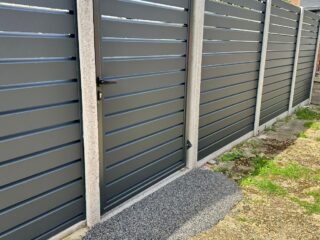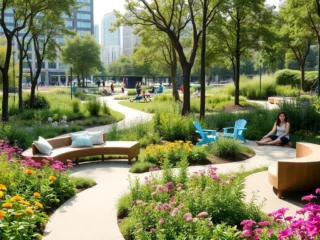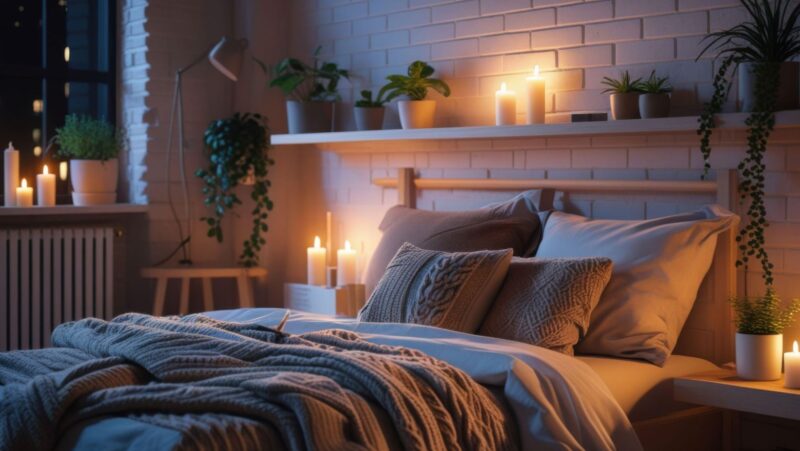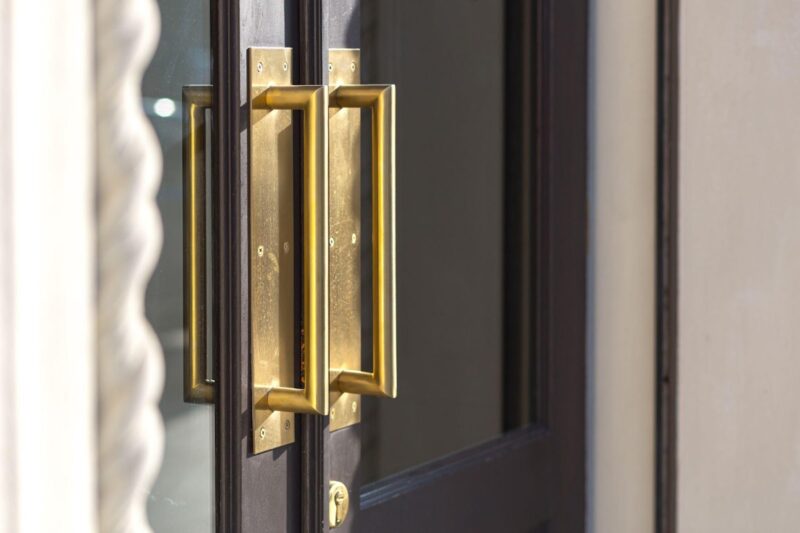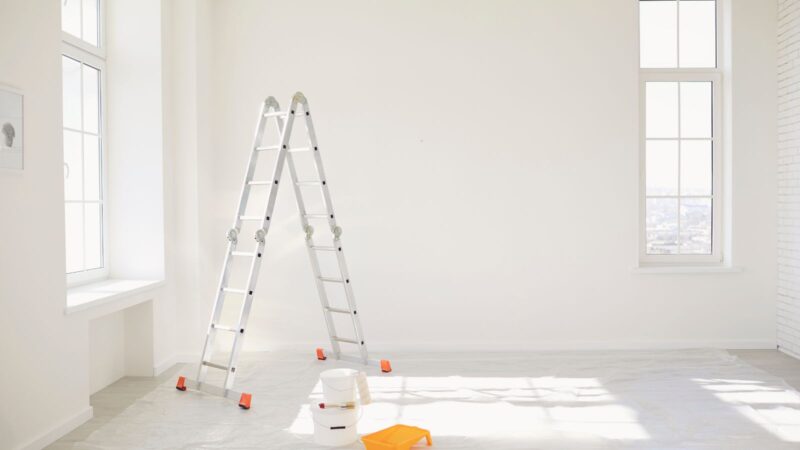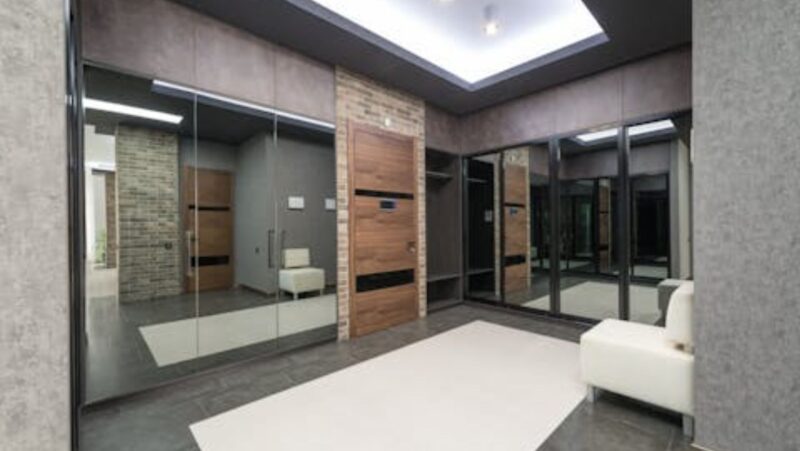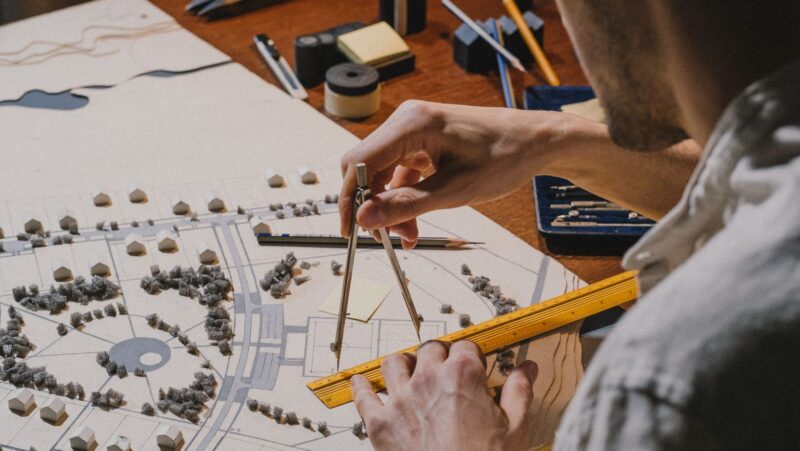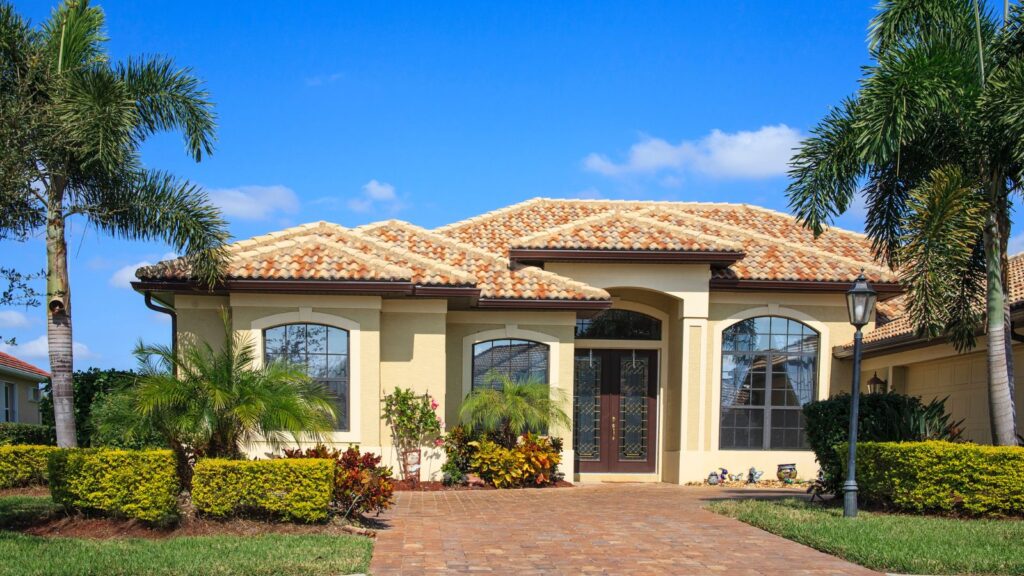
Mexico offers a rich mix of home styles. Climate, culture, and craft shaped them over centuries. You will see stone, stucco, wood, and color used with purpose. Rooms often center on patios, light, and airflow. The result feels warm, durable, and comfortable year-round.
If you have browsed homes for sale in San Miguel de Allende, you have already seen this range. Courtyard casas sit beside Porfirian townhouses. Modern concrete blends with cantera stone and handworked iron.
Use this guide to read each style and spot the details that signal quality.
Courtyard Colonial Casas
The colonial casa organizes life around one or more patios. Thick masonry walls keep rooms quiet and cool. Arches frame views. Deep portals offer shade. Doors and windows face inward for privacy, while the street façade stays simple and solid.
Look for bóveda ceilings made from curved brick, handlaid in herringbone or basket patterns. Cantera stone surrounds add depth to doors and windows. Floors often use terracotta or patterned cement tile that ages well. A good colonial plan channels breezes across the patio and into bedrooms. Properly restored examples hide modern systems in shafts and attic space so the historic rooms stay intact.
Hacienda and Ranch Homes
Hacienda homes grow outward. Long one- or two-story wings wrap large patios, orchards, or corrals. Arcades link rooms and protect walkways from the sun and rain. Roofs usually carry red clay tile with generous eaves. Interiors favor plaster walls, heavy wood doors, and ironwork that can handle daily use.
These homes suit families who like to gather. Kitchens open to outdoor dining. Chapels or small oratories are common in older estates. When you tour, check irrigation, wells, and drainage. Good haciendas manage water at scale, with cisterns, channels, and shaded loggias. Quality updates add efficient pumps, low-glare lighting, and discreet solar while respecting original materials.
Porfirian Townhouses
During the late 19th and early 20th centuries, cities saw elegant townhomes influenced by French and Italian styles. Facades show carved stone, tall windows, and wrought iron balconies. Interiors carry high ceilings with plaster medallions, long enfilades, and wood or patterned tile floors. Stained glass appears over doors and in stair halls.
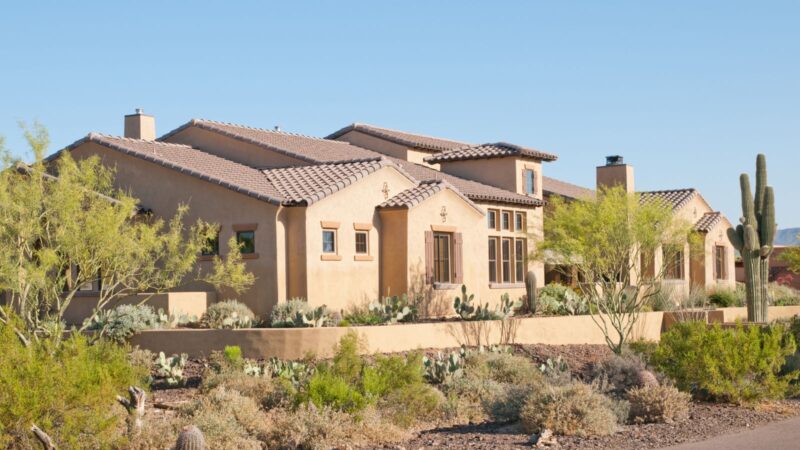
These homes shine when owners restore proportion and light. Slim steel or wood windows that match the originals keep the rhythm. Kitchens and baths work best in the service zones, leaving formal rooms intact. Watch for level floors, dry basements, and sound rooflines. Good renovations insert quiet HVAC and better wiring without scars to the moldings.
Mid-Century and Barragán-Inspired Modern
Modern Mexican homes celebrate light, color, and walls that define space with clarity. Expect smooth plaster planes, courtyards as rooms, and carefully placed openings that frame sky and garden. Colors may be bold on one surface and neutral on the next. Water features cool courtyards and mask street noise.
Details matter here. Sun angles guide eaves and screens. Long walls protect privacy without feeling heavy, because gardens and patios break the mass. Interiors pair terrazzo or polished concrete with warm woods like parota or tzalam. Look for simple hardware, recessed tracks, and hidden storage that keep lines clean. Roof terraces often add a second living room under the open sky.
Coastal and Tropical Contemporary
On the coasts, design answers heat, glare, and salt. Homes open wide to catch breezes. Palapa or high-vented ceilings release hot air. Deep overhangs and screens shade glass during long afternoons. Materials favor weather resistance: fiberglass or aluminum windows, marine-grade hardware, and dense hardwoods.
Outdoor rooms do real work. Kitchens spill onto terraces. Showers sit behind privacy walls with planted screens. Pools cool the microclimate. If you tour these homes, ask about wind exposure, salt spray, and maintenance plans. Quality builds use stainless fasteners, breathable waterproofing, and easy-to-rinse surfaces. Power and water backups help during storms.
Yucatán Vernacular and Adobe Traditions
In Mérida and nearby towns, historic homes show thick mampostería stone walls and tall, airy rooms. Pasta tiles set with lively patterns line floors from room to room. Wood beams and iron rods span wide spaces. Many lots run deep and hide lush patios with pools and guest casitas. Restored examples keep the rhythm of doorways and add quiet mechanicals behind new plaster.
Across central and northern regions, adobe traditions endure. Sun-dried earthen blocks, lime plasters, and timber roofs make rooms that hold steady temperatures. Good adobe homes sit on stone bases and have caps or wide eaves that keep rain off walls. Look for breathable finishes, sound foundations, and proper drainage. Smart upgrades add steel for seismic support and modern membranes that will not trap moisture.




